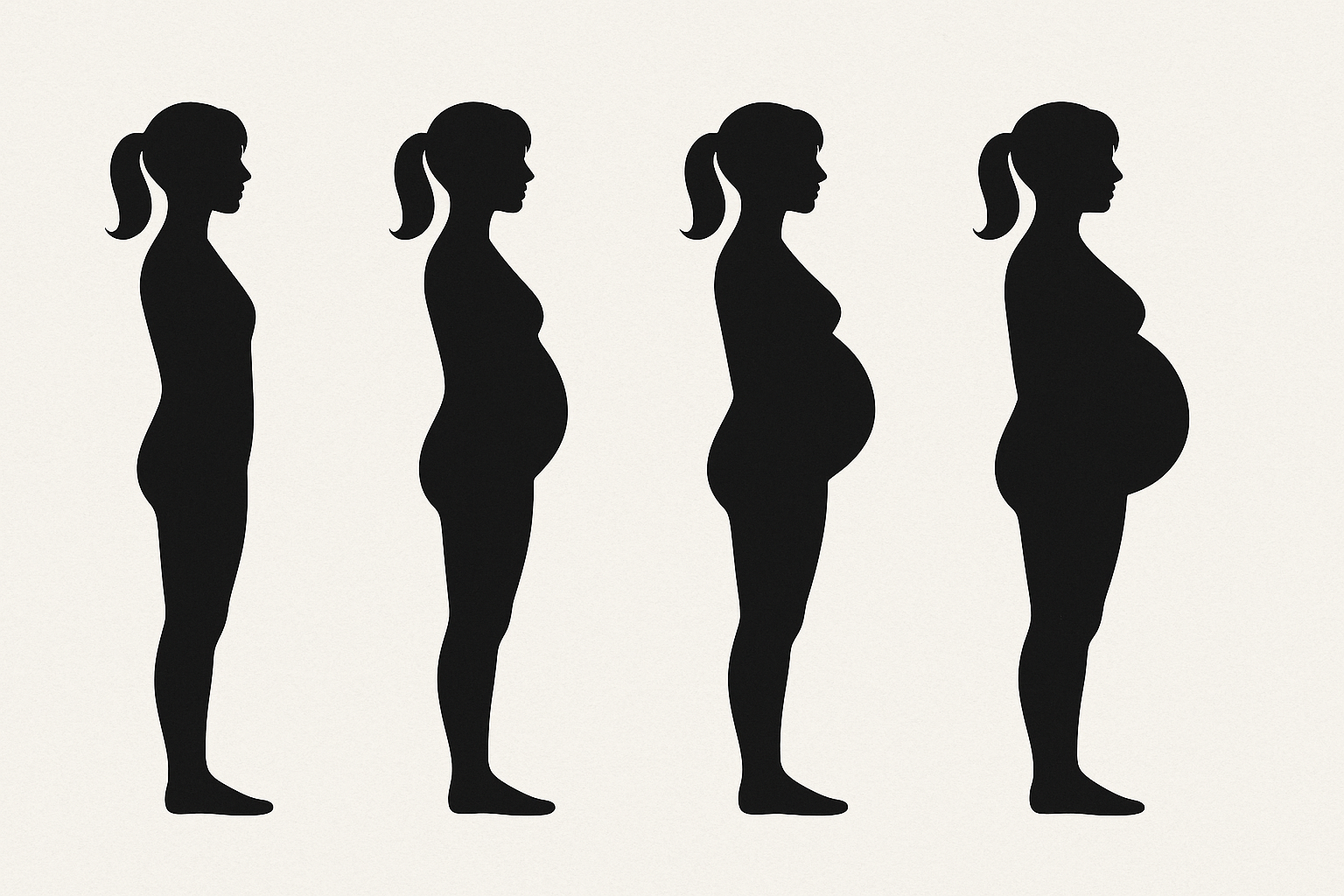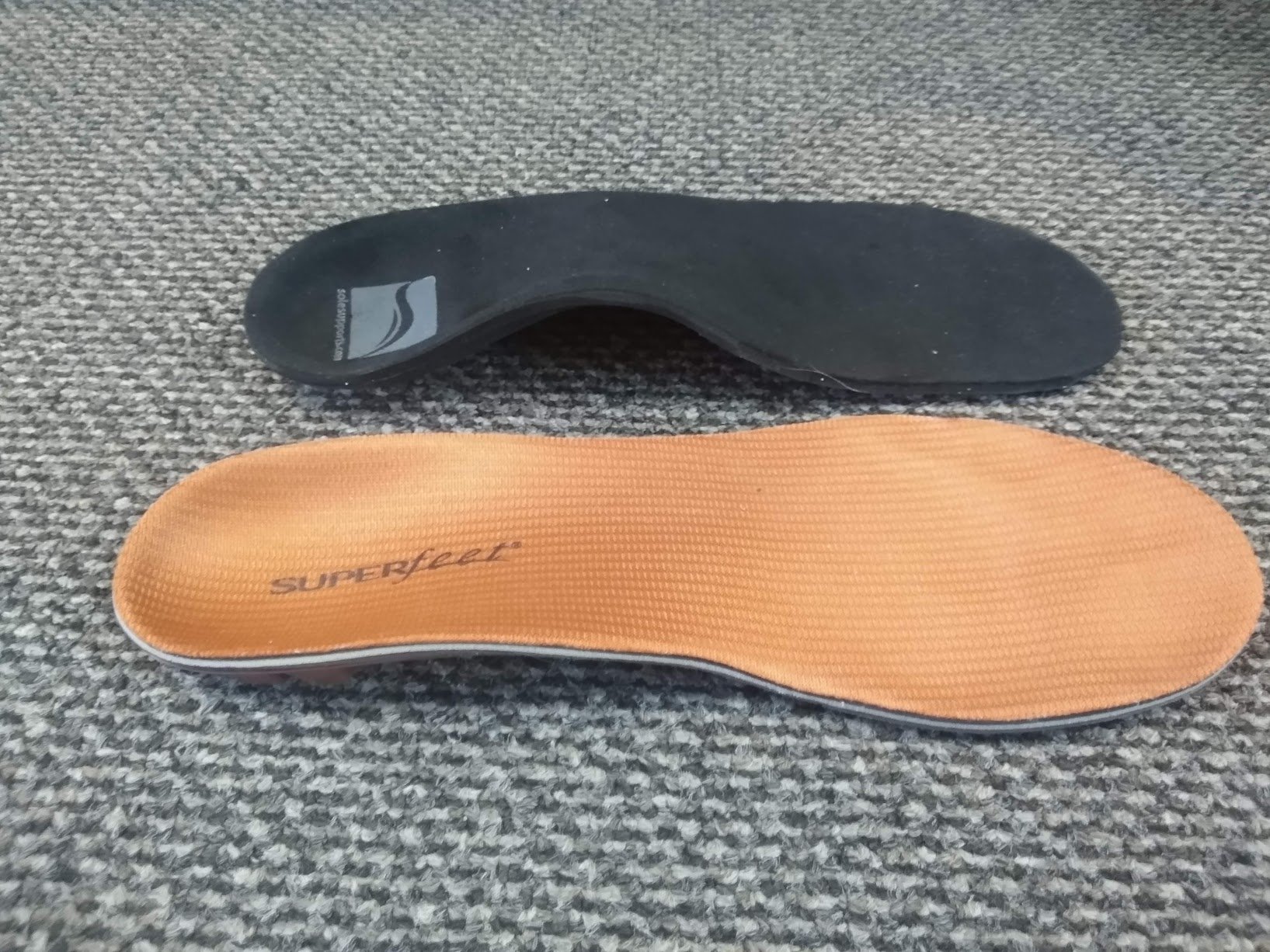Spinal discs are getting the lion’s share of the attention when it comes to painful structures of the spine. I often see the proverbial “deer in the headlight” look on patient’s faces when we discuss their imaging and what we think is causing their problem
Each spinal segment, except for the very first one in the upper cervical spine, is composed of a disc and two facet joints, one on the right and one on the left. The discs and facets are vastly different in their anatomy and their function. The discs are meant to be the primary weight bearing structures while the facet joints are meant to guide fine movement in rotation and lateral bending, This often in distorted in pathological states , when the facets start bearing extra weight that the discs should be shouldering - often the case with states of “swayback” or hyperlordosis.
Facet joints can be the source of a lot of pain, In a way that is very different from a spinal disc. The pain tends to be more local . Facet joints are less likely to cause pain into the arm or leg unless they have significant osteoarthritis and cause spurring into the spinal nerve opening from the posterior aspect.
https://www.youtube.com/watch?v=CZ86VzZOrGw






